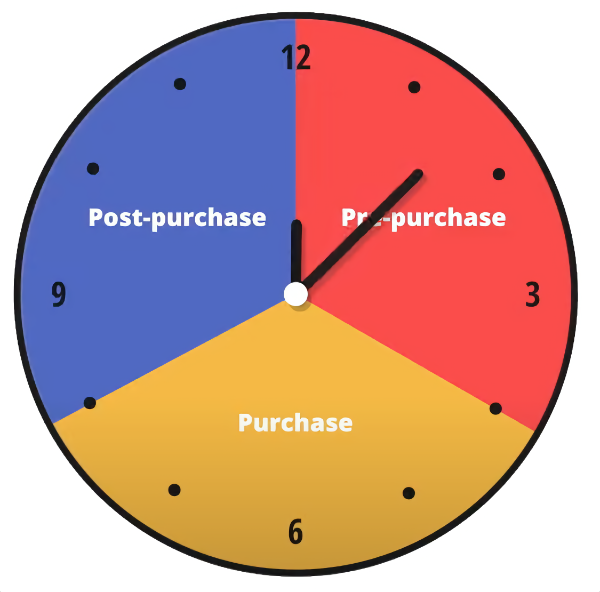Customer Lifetime Value (CLTV or LTV) is a fundamental way to understand both how you make money as a financial institution in hard numbers, but also who your customers are and how to talk to them.
The idea of unit economics, or the revenue and costs at a per-customer or per-account level, has long been studied in subscription services like cable TV and cell phone. Here the future value of a customer depends on contractural terms, like how many months you’ve committed to paying $25/month for each line. The math is straightforward.
Gail Goodman, then CEO of Constant Contact, revealed the importance of retention in a recurring revenue business model in her talk How to negotiate the Long, Slow, SaaS Ramp of Death at the Business of Software conference.

Website optimization, message texting, SEO, make sign up forms, all sort of great stuff there. But in the end, one of our biggest levers was the use of people. Coaches. We call them coaches. So, someone signs up for a free trial and a real live human being calls them. And says “hi, I’m Gail, I’m here to make sure you get he most out of your trial. Let’s talk about your business and how, what you want to drive with e-mail marketing”.
And they really help that small business. Not navigate the screens of the product. Right? If they needed to do that we’ve messed up, you know, in designing user interaction, right?
But to helping them do decide what that first campaign content should be. But the biggest thing helping them do is to have confidence into hit the send button. Because it turns out, hitting send button, maybe you’ve all been there, it’s an e-mail to your whole customer base, is not a casual thing. And these guys are not text savvy or marketing savvy, right?
Identifying the behavior or specific actions your customers need to take to become like your most loyal customers, is an excellent way to help them become like your most loyal customers.
But this isn’t just about SaaS; it’s about qualitatively understanding the value of keeping customers vs. just acquiring them.
Scott Galloway’s model of brand investments, the “Clock Model”, recognizes the market leaders that have embraced this idea and have shifted spend and focus from the customer’s pre-purchase experience, think advertising, into purchase experience (including the delivery channel), and post-purchase experience (like support). Ultimately, their efforts are about differentiating themselves where it will more likely result in long-term retention.

An example of this shift is Hagerty insurance. As an auto insurance company, Hagerty has long specialized in the car collector, who restores and owns rare, typically older, cars that are driven (often rarely) as a hobby. Their policies have features to reflect this atypical usage, like their Guaranteed Value terms. However, they are still an insurance company.
So when looking to expand, they didn’t expand their insurance portfolios, like offering homeowners or life insurance. Instead, they built on the elements that made them different, their shared love with their customers of cars and car culture. This strategy led to them developing a segment-leading magazine/publishing arm, a car valuation service, a car auction/marketplace, and several very high-end car show events.
All driven to deepen and extend the relationship with their customers.
The thing about LTV, particularly predicted LTV, is that it’s an asset. You can model and think of it as a financial asset. LTV, at the individual customer or group level, can be thought of as the discounted cash flow you will receive from customers as a result of all the investment you’ve made in your relationship with them.
This is an incredibly effective tool when battling for your marketing or customer support budgets with your CFO.
Looking at your relationship with customers and members this way can help focus your efforts on keeping the banking experience valuable and essential over the long term.
